The iconic Taj Mahal, India's crown jewel of Mughal architecture, is undergoing extensive restoration work that has led to partial closures until 2025. This ambitious preservation project aims to address centuries of weathering and pollution damage while maintaining the monument's structural integrity. Visitors to the UNESCO World Heritage Site will encounter scaffolding covering portions of the marble facade as craftsmen employ traditional techniques to restore the mausoleum to its original glory.
Historical significance meets modern conservation
Built between 1632 and 1653 by Emperor Shah Jahan as a memorial for his beloved wife Mumtaz Mahal, the Taj Mahal represents the pinnacle of Mughal architectural achievement. The current restoration marks one of the most comprehensive interventions in the monument's 370-year history. Conservation teams are working meticulously to clean the intricate marble lattice work (jali) and semiprecious stone inlays (pietra dura) that have darkened due to environmental pollution.
The Archaeological Survey of India (ASI), overseeing the restoration, has divided the project into multiple phases to minimize visitor disruption. While the main mausoleum remains accessible, several surrounding structures including the mosque and guest house on the western and eastern sides of the platform are temporarily closed. These ancillary buildings require particular attention as their red sandstone surfaces have suffered more severe deterioration than the main white marble structure.
Traditional craftsmanship meets scientific analysis
Restorers are employing a fascinating blend of ancient techniques and modern technology. Artisans from Rajasthan, whose ancestors worked on the original construction, are using the same tools and methods to repair damaged floral motifs. Meanwhile, laser scanning and 3D mapping help identify structural weaknesses invisible to the naked eye. The ASI has established strict protocols ensuring any new materials match the original in composition and appearance.
One particularly challenging aspect involves treating the marble's yellowing surface. Decades of air pollution have left a stubborn patina that ordinary cleaning cannot remove. Conservators are testing a specially developed clay paste that draws out impurities without damaging the stone. This painstaking process requires multiple applications over several weeks for each small section.
Visitor experience during restoration
While the scaffolding inevitably affects some photo opportunities, the restoration presents unique viewing possibilities. Guided tours now include special access to observe conservators at work, offering visitors an unprecedented look at preservation techniques. The ASI has installed informational displays explaining the restoration process and created viewing platforms that allow appreciation of the monument's proportions despite the ongoing work.
Night viewing sessions, previously suspended due to security concerns, have been reintroduced with enhanced lighting that showcases the Taj's ethereal beauty while illuminating the restoration areas. The moonlight viewing experience, available five nights each month around the full moon, remains particularly magical as the marble seems to glow from within.
Environmental protection measures
The restoration project coincides with broader environmental initiatives to protect the Taj Mahal from future damage. Authorities have expanded the monument's no-pollution zone, diverting traffic farther from the site and implementing stricter emissions controls. A new tree-planting program aims to create a green buffer around the complex, while nearby factories have been relocated or required to install pollution control devices.
These measures follow decades of legal battles and environmental activism to protect the monument. The Supreme Court of India has played an active role in monitoring both the restoration and environmental protection efforts, demanding regular progress reports from government agencies. This judicial oversight has helped ensure the project maintains its focus on long-term preservation rather than short-term cosmetic improvements.
Cultural heritage and community impact
The restoration has sparked renewed interest in Mughal-era crafts, with local workshops reporting increased demand for traditional marble inlay work. The ASI has partnered with vocational schools to train a new generation of artisans in these endangered techniques. This cultural revival extends beyond craftsmanship to include Mughal cuisine, music, and gardening traditions that flourished during the Taj's construction period.
Agra's tourism industry has adapted to the partial closures by developing new itineraries that highlight other Mughal monuments in the area. The nearby Baby Taj (Itimad-ud-Daulah) and Akbar's Tomb in Sikandra have seen increased visitor numbers, spreading tourism benefits more evenly across the region. Many hotels now offer package deals combining Taj Mahal visits with these lesser-known but equally fascinating sites.
The Taj Mahal's restoration represents more than just architectural conservation; it's a reaffirmation of India's commitment to preserving its cultural legacy for future generations. When the scaffolding finally comes down in 2025, visitors will witness the mausoleum as its creators intended - a shimmering vision in white marble, its intricate details glowing in the sunlight, standing as fresh and magnificent as when Shah Jahan first beheld his tribute to eternal love.

By Emily Johnson/Apr 11, 2025
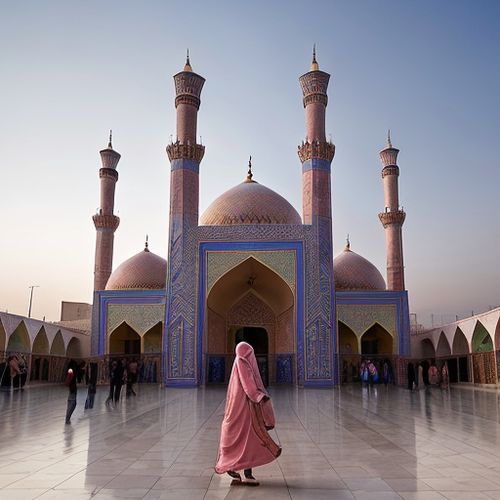
By William Miller/Apr 11, 2025

By Benjamin Evans/Apr 11, 2025
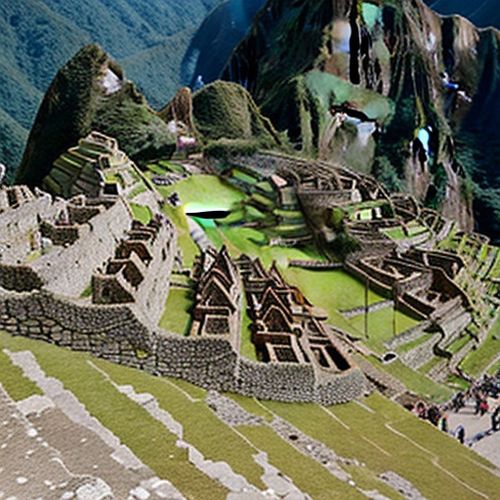
By Grace Cox/Apr 11, 2025
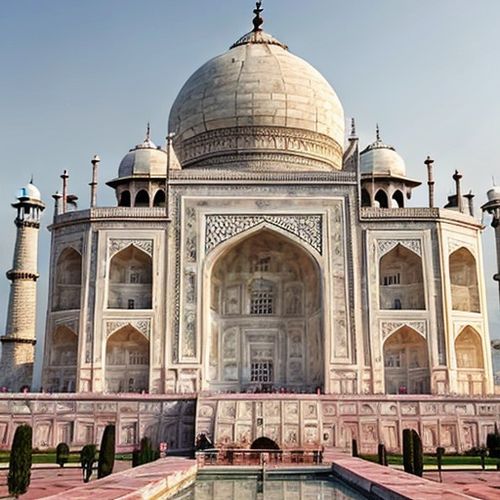
By Amanda Phillips/Apr 11, 2025

By James Moore/Apr 11, 2025

By Natalie Campbell/Apr 11, 2025

By Eric Ward/Apr 11, 2025

By James Moore/Apr 11, 2025

By Emily Johnson/Apr 11, 2025

By Christopher Harris/Apr 11, 2025

By Michael Brown/Apr 11, 2025
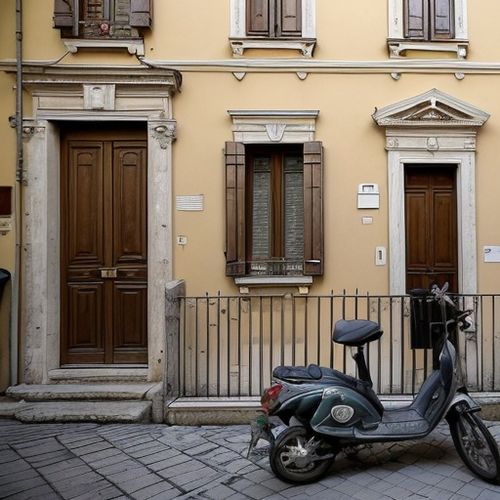
By Rebecca Stewart/Apr 11, 2025

By John Smith/Apr 11, 2025

By Natalie Campbell/Apr 11, 2025

By Emily Johnson/Apr 11, 2025

By John Smith/Apr 11, 2025
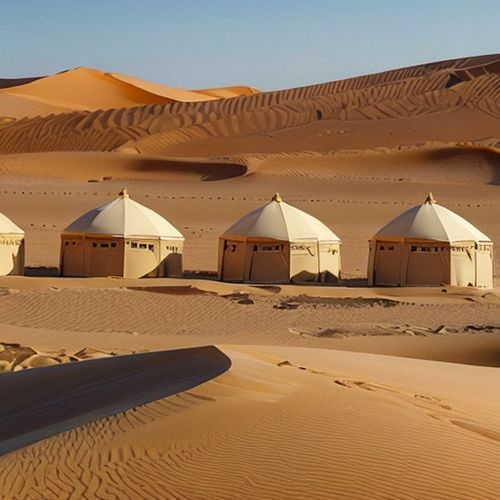
By Michael Brown/Apr 11, 2025

By Amanda Phillips/Apr 11, 2025

By Joshua Howard/Apr 11, 2025